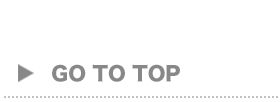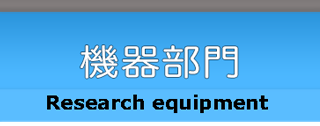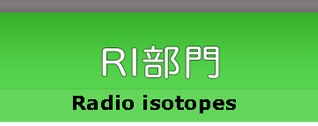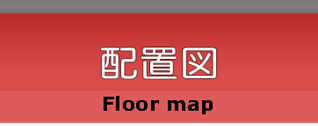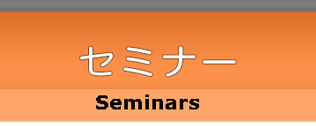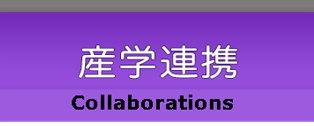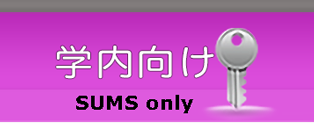

Basic knowledge for Scintillation counting method
x@qE¬R@RNqiΐ±ΐKxZ^[j
¦ΝFp[LG}[Wp@@@@@@@@@
P. pκu`
Liquid scintillation analyzer is common instrument to measure radioactivity of beta-emitting nuclides, such as 3H and 14C.
In this presentation, I show basic information to improve understanding of liquid scintillation counting (LSC).
- Theory of liquid scintillation counting
- How does an LSC cocktail work?
- Separation of signal and noise (What is background?)
- Absolute and relative values
- Sample preparation methods
- LSC cocktail selection
- Trouble shooting for Chemiluminescence
- New information about ultra-low background measurement
Q. tΜV`[VJE^[ΜμΰΎiqh€{έQK ͺθΊj
 OΦ OΦ
|
ζͺΦ
|
Last Updated 2013/8/1
